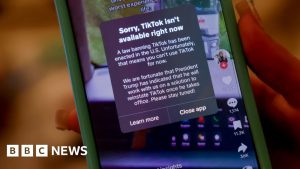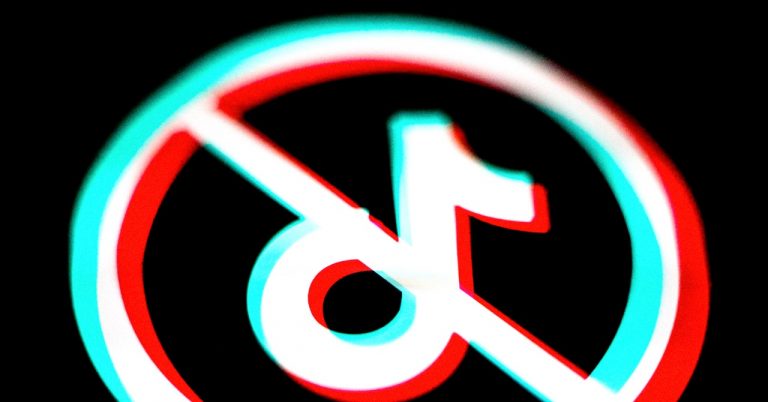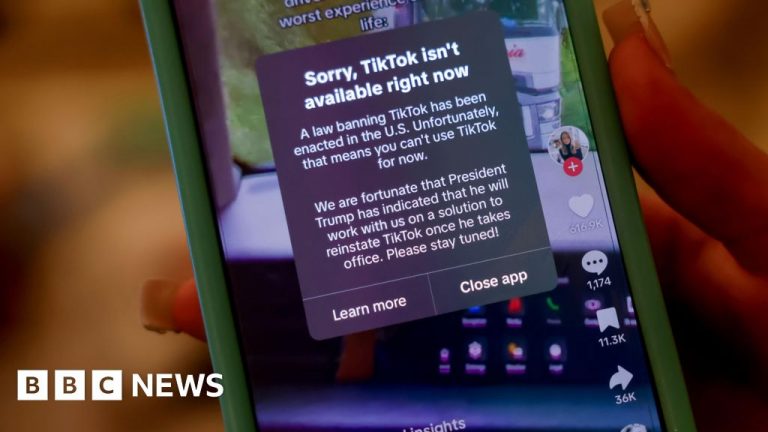Disclosure: This article does not represent investment advice. The content and materials featured on this page are for educational purposes only.
AI is transforming crypto, with advanced altcoins poised for explosive growth. Discover top tokens set to soar by 2025.
Artificial intelligence is changing the cryptocurrency landscape, introducing advanced altcoins that are turning heads in the investment community. These AI-driven digital assets are poised for extraordinary growth, potentially multiplying investments many times over in the next few years. This article examines the most promising tokens that could deliver substantial returns by 2025, offering insights into this exciting frontier.
CYBRO token gains momentum as AI-powered cryptos surge in demand
The explosive growth of AI-driven solutions is reshaping industries, and the crypto space is no exception. With the market cap for AI-integrated crypto projects doubling in just a year, this niche has emerged as a transformative force in the blockchain world.
Leading this charge is CYBRO, a unique project harnessing artificial intelligence to help investors maximize their returns. A standout feature, the AI Broker, is set to launch soon, offering CYBRO holders exclusive access to personalized strategies and the ability to deploy custom smart contracts.
CYBRO operates as a multichain earn marketplace, currently live on Arbitrum and Blast, with plans to expand to Base blockchain. This multichain approach ensures broader accessibility, cost efficiency, and enhanced flexibility for users.
Simplifying DeFi with CYBRO
The complexities of DeFi — such as intricate protocols and unclear ROI projections — can deter users. CYBRO addresses these issues with an intuitive app that aligns strategies to individual risk levels and profit goals. The platform offers 30 vaults for deposits and three One-Click investment options, making the process seamless and user-friendly.
The native token, CYBRO, stands out for its sustainable growth potential. Its versatile use cases and appeal to a diverse audience make it a compelling choice for investors.
Why CYBRO deserves the attention
Holders of CYBRO tokens gain access to a host of benefits:
- Staking and Yield Farming: Stake CYBRO to earn rewards and tap into high-yield farming opportunities.
- Fee Discounts: Enjoy tier-based reductions in trading and lending fees, with higher tiers offering greater savings.
- Cashback Rewards: Regular users receive cashback in CYBRO tokens, encouraging engagement and boosting value.
Where to trade CYBRO
CYBRO tokens are listed on leading centralized exchanges, with MEXC being the most popular platform for the CYBRO/USDT pair. Additional options include Gate.io and WEEX for enhanced trading accessibility.
Market analysis and price prediction
Market metrics:
- 24-Hour Trading Volume: $1,972,556 USD (+35%)
- Market Cap: $1.75M
- Fully Diluted Valuation: $30.96M
- Circulating Supply: 56.57M CYBRO
- Max Supply: 1B CYBRO

The Volume-to-Market Cap ratio of 112% indicates robust trading activity. A 10% price increase over 24 hours suggests strong short-term bullish momentum.
Price forecast:
- Short-Term (1 week): Sustained trading activity could push CYBRO to test resistance at $0.033-$0.034.
- Medium-Term (1 month): If momentum continues, CYBRO could revisit its previous highs near $0.1, marking a potential 300% gain.
With its unique platform, strong market activity, and growing demand, CYBRO is shaping up as a promising investment in the AI-powered crypto space.
Exploring NEAR Protocol: Scalable solutions for decentralized apps
NEAR Protocol helps developers create decentralized applications with ease. It uses sharding through its Nightshade solution to improve efficiency and scalability, handling more transactions at once. Founded by Alex Skidanov and Illia Polosukhin, NEAR raised over $20 million from major venture firms. It operates on a decentralized network, similar to centralized data storage systems but without central control.
NEAR includes the Rainbow Bridge, allowing tokens to move between NEAR and Ethereum. Aurora, a Layer 2 solution, uses Ethereum’s technologies to provide better performance and lower fees. These features aim to make blockchain more accessible and efficient for developers and users alike.
Fetch.AI bridges decentralized AI and crypto economy for data networks
Fetch.AI is an artificial intelligence lab building an open, decentralized machine learning network within a crypto economy. It enables access to AI technology through a permissionless network where anyone can connect and access secure datasets using autonomous AI. Fetch.AI focuses on optimizing DeFi trading services, transportation networks, smart energy grids, and travel.
By leveraging its global data network, it aims to improve complex digital systems that rely on large-scale datasets. Fetch.AI democratizes access to AI and creates a decentralized platform for machine learning, offering potential enhancements across various industries.
TAO: Fueling decentralized machine learning with Bittensor
TAO is the cryptocurrency that powers Bittensor, a decentralized network for machine learning. In this network, models train together and earn TAO based on the value they provide. Users can access the network to get information and adjust it to their needs. Bittensor aims to create a marketplace for artificial intelligence where anyone can share and use machine learning models.
By using blockchain technology, it offers open access, decentralized control, and fair rewards. This leads to a global resource of machine intelligence that is available to all, encouraging innovation and collaboration worldwide.
Exploring GRT: The Graph’s role in the DeFi and web3 ecosystem
The Graph is an indexing protocol that helps retrieve data from networks like Ethereum and IPFS. It’s a vital part of many applications in DeFi and the broader web3 space. Developers can build and share open APIs, called subgraphs, which apps can query using GraphQL to get blockchain data. Over 3,000 subgraphs have been deployed by thousands of developers for DApps like Uniswap, Synthetix, and AAVE.
Usage of The Graph has been growing, with over 7 billion queries in one month. The community is global, with over 200 Indexer Nodes in the testnet and more than 2,000 Curators. The project has raised around $25M from investors to fund network development.
Conclusion
In conclusion, while altcoins like NEAR, FET, TAO, and GRT show promise, they may offer less potential in the short term. With the bull run already underway, CYBRO emerges as a standout option for investors. This advanced DeFi platform maximizes earnings through AI-powered yield aggregation on the Blast blockchain.
CYBRO provides lucrative staking rewards, exclusive airdrops, and cashback on purchases. It ensures a superior user experience with seamless deposits and withdrawals. By focusing on transparency, compliance, and quality, CYBRO has attracted strong interest from major crypto investors and influencers. As the crypto market evolves, CYBRO represents a promising opportunity for those seeking significant returns.
For more information, visit the official CYBRO website and join the community on X, Telegram, and Discord.
Disclosure: This content is provided by a third party. crypto.news does not endorse any product mentioned on this page. Users must do their own research before taking any actions related to the company.


























+ There are no comments
Add yours